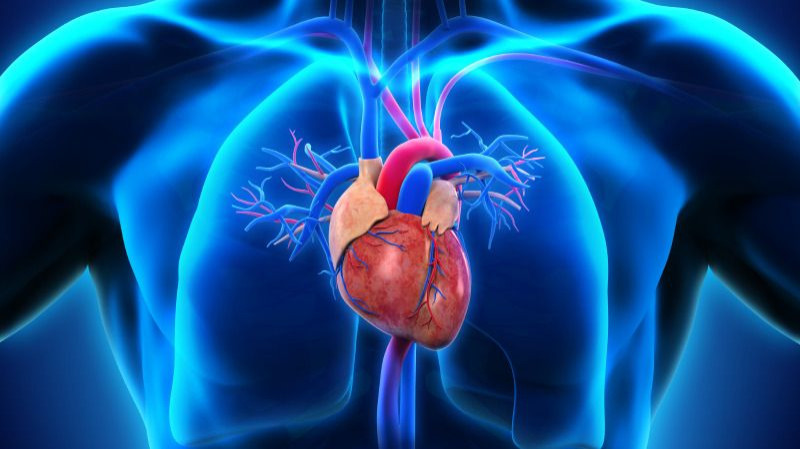The heart is the engine that powers our entire body, pumping life-sustaining blood to every organ and tissue. Cardiology is the branch of medicine focused on diagnosing, treating, and preventing diseases related to the heart and blood vessels. Understanding cardiology helps you appreciate the importance of heart health and the ways to keep this vital organ functioning optimally.
In this article, we’ll introduce you to the fundamentals of cardiology, the heart’s anatomy, common heart health issues, and tips for maintaining a strong and healthy heart.
What is Cardiology?
Cardiology is a medical specialty dedicated to studying the heart and the circulatory system. Cardiologists are doctors who specialize in treating heart diseases, ranging from congenital heart defects to heart attacks, arrhythmias, and hypertension (high blood pressure).
This field involves both preventive care—helping you reduce risk factors—and advanced treatments, including medications, lifestyle changes, and surgical procedures.
Understanding the Heart: Anatomy and Function
Your heart is a muscular organ about the size of your fist, located slightly left of your chest center. It consists of four chambers: two upper atria and two lower ventricles. The heart’s main job is to pump oxygen-rich blood to the body and return oxygen-poor blood to the lungs for oxygenation.
The heart beats roughly 60-100 times per minute in a healthy adult, controlled by electrical signals that coordinate its contractions. This rhythm ensures efficient blood flow, delivering oxygen and nutrients and removing waste products.
Common Heart Conditions
Understanding some common heart conditions can help you recognize risks and symptoms early:
- Coronary Artery Disease (CAD): Narrowing of heart arteries, reducing blood flow, which can lead to chest pain (angina) or heart attacks.
- Arrhythmias: Irregular heartbeats that can cause palpitations, dizziness, or fainting.
- Heart Failure: When the heart can’t pump blood effectively, causing fatigue, swelling, and breathlessness.
- Hypertension: High blood pressure that strains the heart and arteries, increasing the risk of heart disease.
- Valvular Heart Disease: Problems with heart valves that disrupt normal blood flow.
Why Heart Health Matters
Heart disease is a leading cause of death worldwide, but many heart conditions are preventable. Maintaining heart health improves your quality of life, boosts energy levels, and reduces the risk of serious complications.
Tips for Maintaining a Healthy Heart
- Eat a Heart-Healthy Diet: Focus on fruits, vegetables, whole grains, lean proteins, and healthy fats.
- Stay Active: Aim for at least 150 minutes of moderate exercise per week.
- Avoid Smoking: Smoking damages blood vessels and significantly increases heart disease risk.
- Manage Stress: Practice relaxation techniques like meditation or yoga.
- Regular Check-Ups: Monitor your blood pressure, cholesterol, and blood sugar levels.
When to See a Cardiologist
If you experience symptoms such as chest pain, shortness of breath, persistent fatigue, or irregular heartbeats, consult a cardiologist. Early evaluation and treatment can prevent complications and improve outcomes.
Conclusion
Cardiology plays a vital role in understanding how the heart works and keeping it healthy. By learning about heart anatomy, common conditions, and prevention strategies, you empower yourself to make heart-smart choices every day.
Invest in your heart health—it’s the key to a longer, happier life.

